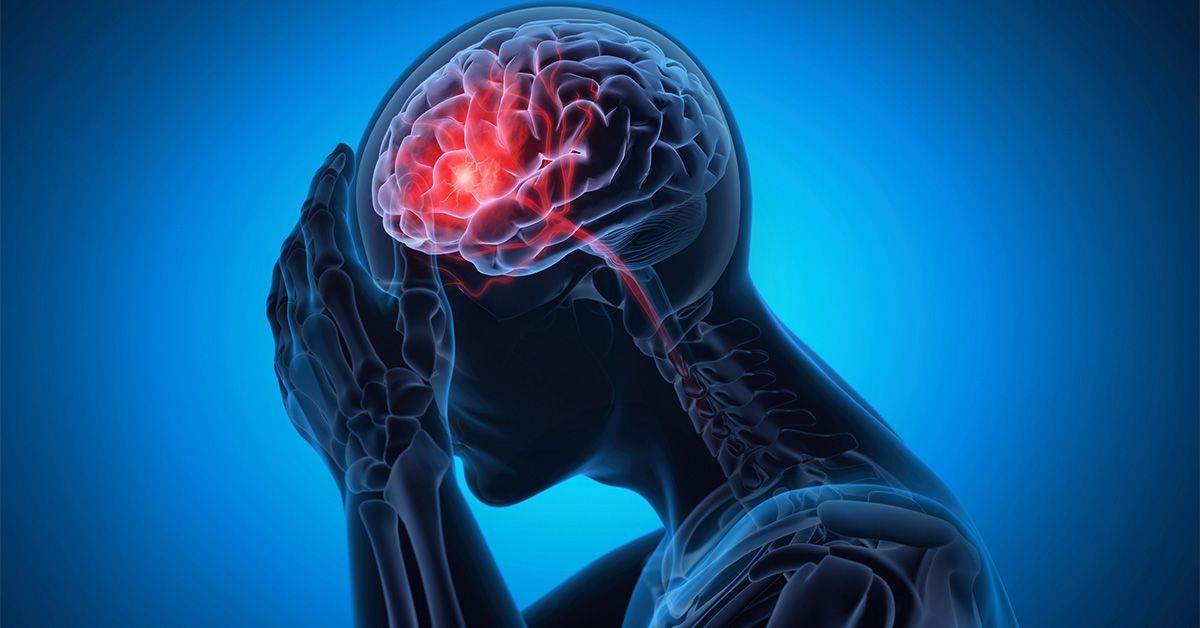2024-10-16 カリフォルニア大学サンディエゴ校(UCSD)

The experience of pain is a unique combination of physical sensation, state-of-mind, and neurological activity. The brain also helps mediate pain relief, and UC San Diego researchers have found that pain relief processes in the brain differ between men and women. Photo credit: iStock/peterschreiber.media
<関連情報>
- https://today.ucsd.edu/story/men-and-women-use-different-biological-systems-to-reduce-pain
- https://academic.oup.com/pnasnexus/advance-article/doi/10.1093/pnasnexus/pgae453/7821498
男性では自己調節性鎮痛がみられるが、女性ではそうではないのは、内因性オピオイドによるものである Self-regulated analgesia in males but not females is mediated by endogenous opioids
Jon G Dean, Mikaila Reyes, Valeria Oliva, Lora Khatib, Gabriel Riegner, Nailea Gonzalez, Grace Posey, Jason Collier, Julia Birenbaum, Krishnan Chakravarthy, Rebecca E Wells, Burel Goodin, Roger Fillingim, Fadel Zeidan
PNAS Nexus Published:14 October 2024
DOI:https://doi.org/10.1093/pnasnexus/pgae453
Abstract
Background
Converging lines of preclinical and clinical research indicate that females, in stark contrast to males, display an increased prevalence of chronic pain. Females also demonstrate weaker analgesic efficacy in response to opioid therapies when compared to males. These sex-specific differences may be driven by dimorphic endogenous opioidergic responses. In rodent models, analgesia exhibited in males but not females was reversed by inhibiting endogenous opioidergic reception. In humans, the sex-specific endogenous system(s) supporting the direct attenuation of evoked pain has not been identified.
Methods
To determine if opioidergic-blockade reverses self-regulated analgesia in males as compared to females, the present study combined two operationally analogous clinical trials (n=98; 51 females; 47 males). In a double-blinded, counterbalanced study involving healthy (n=39) and chronic low-back pain (n=59) populations, a high-dose naloxone (μ-, κ-, δ-opioid antagonist) vs. placebo-saline crossover design (15mg/kg bolus + 0.1mg/kg/hour) tested the hypothesis that endogenous opioids mediate analgesia in males but not females. An 11-point visual analog scale (0=no pain; 10=worst pain imaginable) evaluated pain ratings after noxious heat stimulation (49°C; calf). After baseline pain testing, participants were randomized to a validated four-session mindfulness-meditation or sham-mindfulness meditation training intervention. Participants practiced their respective meditation during noxious heat, intravenous high-dose naloxone and placebo-saline, respectively.
Results
In males and females, meditation significantly lowered evoked pain during saline infusion. Intravenous naloxone inhibited analgesia in males, but pain-relief was well-preserved in females.
Conclusions
The present findings indicate that endogenous opioids mediate self-regulated analgesia in human males but not females and underscore the need to establish sex-specific pain therapeutics.
Trial Registration
clinicaltrials.gov NCT03419858; NCT04034004


